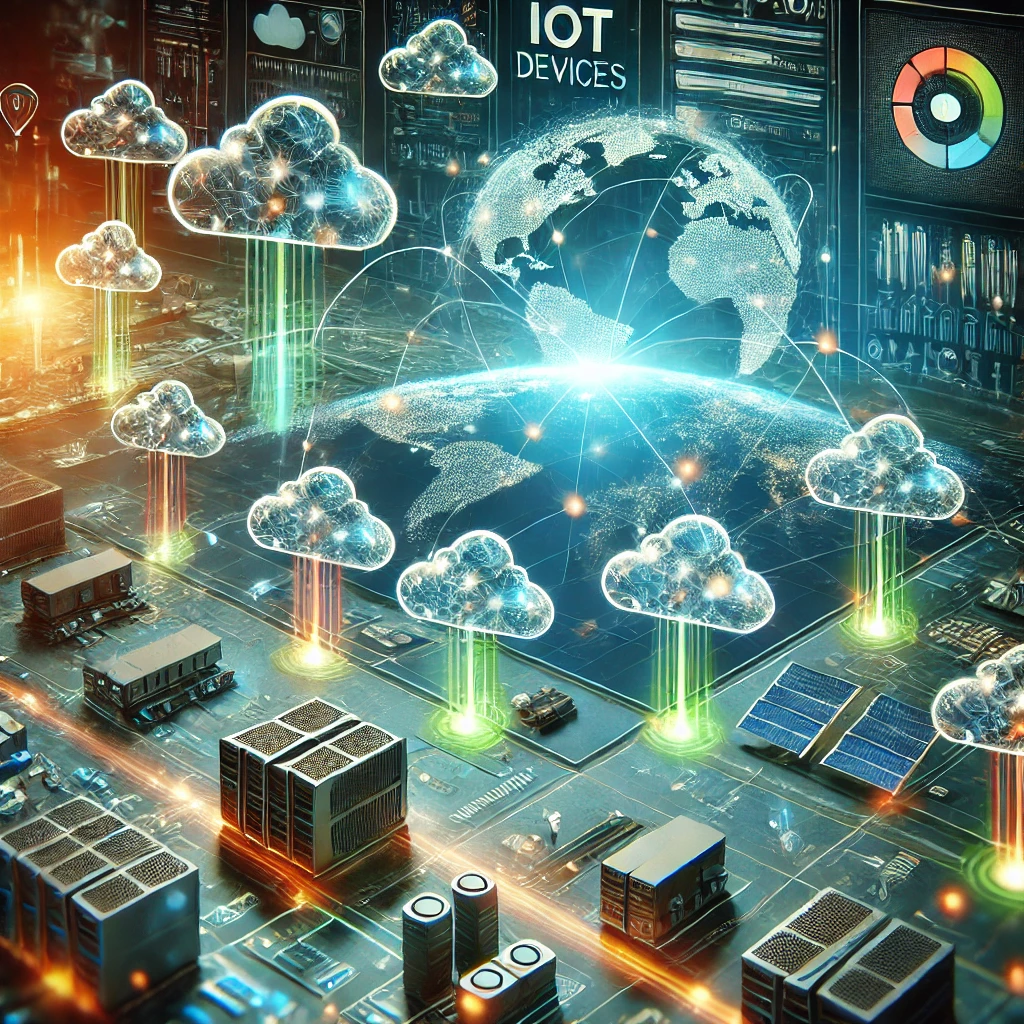Introduction
Edge computing is revolutionizing the way data is processed and managed, shifting workloads closer to the data source rather than relying solely on centralized cloud computing. As this technology gains momentum, software developers must adapt to new architectures, frameworks, and best practices to build efficient, low-latency applications. In this blog post, we explore the impact of edge computing on software development and how developers can stay ahead in this evolving landscape.
What is Edge Computing?
Edge computing refers to a distributed computing paradigm where computation and data storage are performed closer to the end-user or data source, rather than relying solely on centralized cloud servers. This approach reduces latency, improves real-time processing capabilities, and enhances overall system efficiency.
Key Benefits of Edge Computing:
- Reduced Latency – By processing data near its source, applications can respond in real time, making edge computing ideal for time-sensitive applications like autonomous vehicles and industrial automation.
- Improved Bandwidth Efficiency – Edge computing minimizes the need to send vast amounts of data to the cloud, reducing network congestion and associated costs.
- Enhanced Security and Privacy – Since data can be processed locally, sensitive information doesn’t have to travel across networks, reducing security risks.
- Greater Reliability – Even if cloud connections fail, edge devices can continue functioning independently, ensuring uninterrupted service.
How Edge Computing is Transforming Software Development
1. New Architecture Considerations
Traditional cloud-based architectures rely on centralizing data in a cloud environment. With edge computing, developers must design applications that distribute workloads efficiently across edge devices, gateways, and the cloud.
Key Architectural Changes:
- Decentralized Processing – Workloads must be divided between cloud and edge nodes based on application requirements.
- Microservices and Containers – Using containerized applications (e.g., Docker, Kubernetes) allows for flexible deployment across various edge environments.
- Serverless Computing at the Edge – Functions-as-a-Service (FaaS) is emerging as a popular approach to run lightweight, event-driven code on edge devices.
2. Programming for Edge Devices
Developers must account for resource constraints when programming for edge devices, such as limited processing power, storage, and energy consumption. Optimizing code for efficiency and ensuring compatibility with hardware-specific constraints is crucial.
Considerations for Developers:
- Lightweight frameworks (e.g., TensorFlow Lite for AI models at the edge)
- Efficient memory management and low-power computing
- Real-time processing and event-driven programming models
3. Security Challenges and Best Practices
With more devices processing data at the edge, security threats increase. Developers must prioritize security by implementing:
- End-to-end encryption to protect data in transit and at rest.
- Zero Trust Architecture to ensure continuous authentication and access control.
- Secure boot mechanisms to prevent unauthorized software from running on edge devices.
- Regular firmware updates to patch vulnerabilities and enhance security.
4. AI and Edge Computing
The rise of artificial intelligence (AI) is accelerating edge computing adoption. Developers are increasingly deploying AI models on edge devices for real-time analytics, facial recognition, and predictive maintenance.
Key AI technologies in edge computing include:
- Federated Learning – Training machine learning models across distributed edge devices without transferring data to a central server.
- Edge AI Chips – Specialized hardware (e.g., NVIDIA Jetson, Google Edge TPU) designed for AI inference at the edge.
5. Edge Computing and IoT (Internet of Things)
Edge computing and IoT go hand in hand, as IoT devices generate massive amounts of data that require local processing. Developers must build software that efficiently manages IoT-generated data while ensuring seamless integration with cloud services when needed.
Tools and Platforms for Edge Computing Development
Several tools and platforms help developers build, deploy, and manage applications at the edge. Popular ones include:
- AWS IoT Greengrass – Enables local processing and machine learning inference on edge devices.
- Microsoft Azure IoT Edge – Extends cloud capabilities to edge devices, supporting AI and containerized applications.
- Google Distributed Cloud Edge – A hybrid solution combining cloud and edge computing.
- NVIDIA Jetson Platform – Designed for AI-powered edge applications.
- Open-source Frameworks – Tools like EdgeX Foundry and KubeEdge facilitate edge application development.
How Developers Can Prepare for the Future of Edge Computing
As edge computing continues to expand, software developers should focus on:
- Learning Edge-Optimized Languages – Mastering languages like Rust, Python, and C++ can help optimize applications for edge devices.
- Understanding Edge AI – Gaining expertise in deploying and optimizing AI models for edge devices.
- Exploring Edge-Native Development – Learning about edge computing frameworks and cloud-edge hybrid architectures.
- Keeping Security a Priority – Implementing security best practices to safeguard edge applications.
- Experimenting with Edge Platforms – Gaining hands-on experience with platforms like AWS IoT Greengrass and Azure IoT Edge.
Conclusion
Edge computing is reshaping the software development landscape, offering opportunities to create more responsive, efficient, and intelligent applications. Developers who embrace this shift and adapt to new architectures, programming models, and security practices will be well-positioned to thrive in the future of distributed computing. As the adoption of edge computing grows, staying ahead of these trends will be essential for innovation and success.
